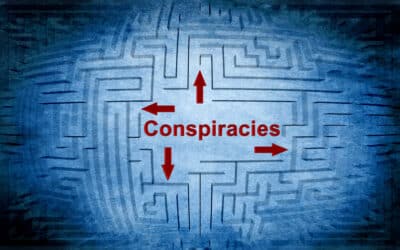On election night, former New York mayor Rudy Giuliani told MSNBC interviewer Chris Matthews that Donald Trump’s victory, after a campaign against the elites and insiders, was like Andrew Jackson’s first presidential victory. At the end of his first term in office, Jackson cut the federal government’s ties to the Bank of the United States (by vetoing an Act to renew its charter), an institution that was in some respects the Federal Reserve System of its day. Might Donald Trump’s presidency have equally dramatic consequences for the Federal Reserve?
A Return to the Gold Standard?In fact, the US government does have enough gold to reimplement the gold standard.
During his campaign, candidate Trump mulled an idea for thoroughgoing reform of our monetary system: a return to the gold standard. As Ralph Benko noted, Mr. Trump told a New Hampshire television station in March: “We used to have a very, very solid country because it was based on a gold standard.” He added that a return would be difficult because “we don’t have the gold. Other places have the gold.” He similarly told GQ magazine that “Bringing back the gold standard would be very hard to do, but boy, would it be wonderful. We’d have a standard on which to base our money.”
It should be pointed out to the president-elect that in fact the US government does have enough gold in Fort Knox and its other depositories, at least if the US Treasury has been reporting its holdings honestly. At the current market price of about $1,280 per fine Troy oz., the U.S. government’s 261.5 million ounces of gold are worth $335 billion. Current required bank reserves are only $168 billion. Looked at another way, $335 billion is just a bit more than 10 percent of the $3,347 in current M1 (the sum of currency and checking account balances), which is more than a healthy reserve ratio by historical standards.
In that respect, restoration of the gold standard is eminently feasible. After unwinding the QEs, the Fed could swap commercial banks’ required reserves for gold, and hold gold against its own currency liabilities, Federal Reserve Notes, which would once again be made redeemable in gold. Better yet, the federal government could allow commercial banks to issue their own currency again (or, if it already technically legal, promise not to penalize them).






























